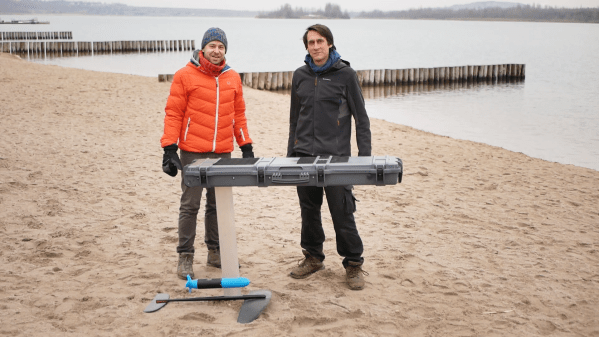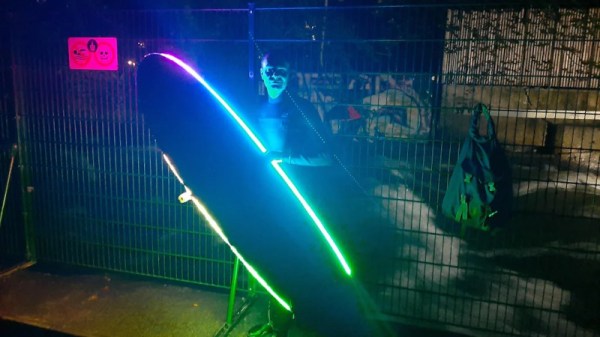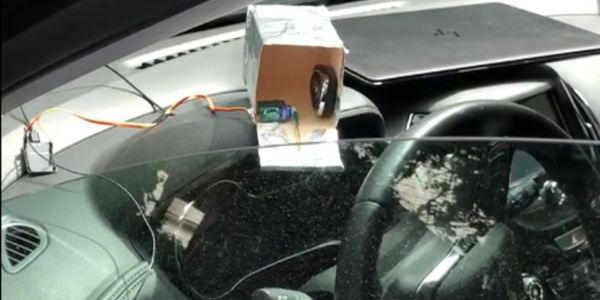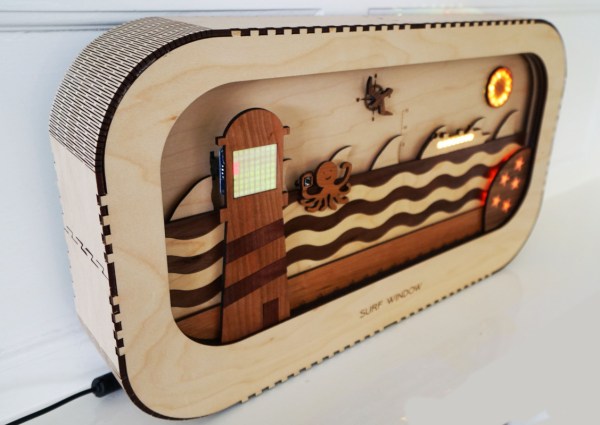One of the realities of building your own hardware is that it will more often than not lead to constant tinkering and revisions. [Simon]’s 3D printed electric surfboard is no exception as it recently got an overhaul. The motors were upgraded from 5000 W to 7500 W, most parts were redesigned to use bearings, and the impellers were swapped out. Luckily, almost all the electronics inside were suitable for reuse.
We previously covered the surfboard in question, and we’re always excited to see an old project revisited. The bearing reduces vibrations and allows the system to last longer. Despite the water cooling on the motors, the temperatures were still getting relatively high when running full tilt. So rather than buying more efficient (and more expensive) motors, he opted to reduce the load on the motors by changing out the impeller from a double to a single. But this meant cutting and grinding a new shaft as now needed to be one impeller shorter.





















